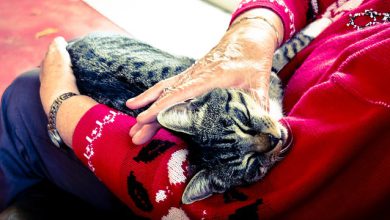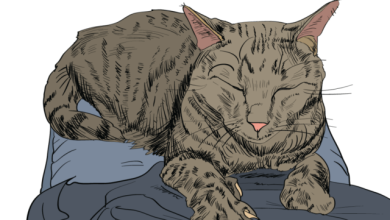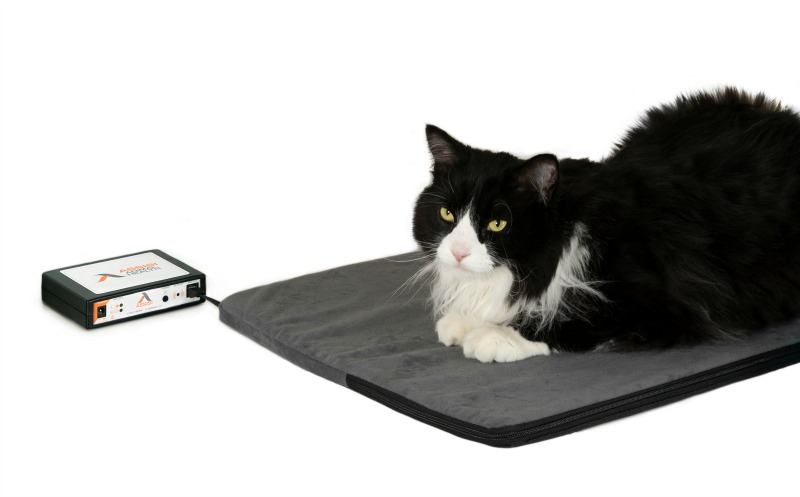
A cat’s inherent instinct to survive makes it extremely difficult to recognize pain in our cats at home. In truth, the vigilant cat owner can detect signs in behavior that are a tip off that something is changing. While we are all spending so much more time at home with our families an animal’s now is a great time to observe our felines, and make note of any issues.
Most common behavioral differences surround mobility, agility, and a reluctance to jump up and down. If your cat normally likes to be fed on the counter, where is he today? If he is a part of your welcoming committee when you get home, where is he today? And why are his food and water dishes still full? If he is generally a social cat, always a part of the family, but he is now frequently missing, what does this mean? These abnormal behaviors are all key indicators that something is changing.

Much of the time, if a cat has a change in its normal behavior, it is either related to pain, illness, or a behavior problem usually related to stress. Common signs can be hiding, not wanting to be stroked or held, decreased intake in food and water, no desire to groom themselves and perhaps the behavior most noticed, lack of correct use of the litterbox. What is not always understood by us is this is NOT bad cat behavior, but rather a result of pain and the discomfort that is realized in positioning themselves to get into the box itself and then to crouch to defecate.
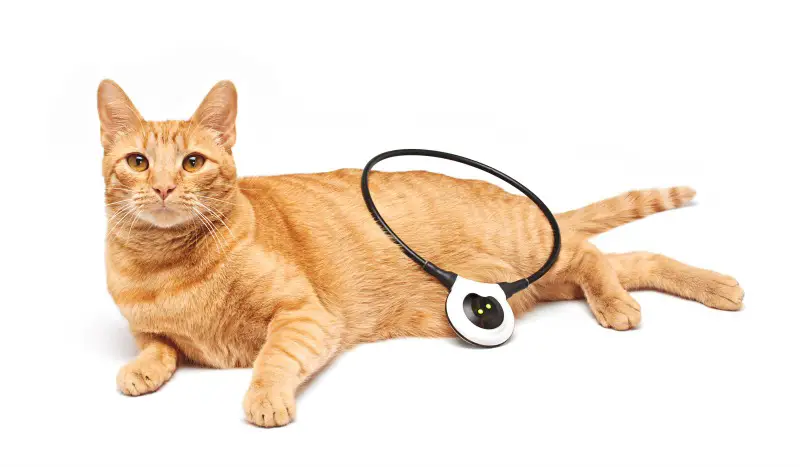
No one knows our cat’s usual behavior better than us! One helpful evaluation that can be done at home, is the use of a clinical metrology instrument, such as the Feline Musculoskeletal Pain Index (FMPI.) This is a mobility questionnaire filled out by the pet owner and rating categories going from normal to worse. It incorporates questions on pain, mobility, activity, affective effects and cognitive function. One such questionnaire can be found on painfreecats.org. The questionnaire can be completed over a few days while you make notes, and it is an ideal tool to help you make decisions on the health of the cat!
If the current changed behavioral issues, and the results to the FMPI survey show any adverse signs, a trip to the veterinarian is in order. And be sure to take your FMPI survey with you. In-clinic the veterinarian can observe the cat in a resting position, watch its body carriage, check muscle mass and evaluate its gait. A thorough orthopedic exam, including manipulation of joints and radiographic evaluation, can confirm the suspicion of osteoarthritis. If it isn’t osteoarthritis, the veterinarian can rule out other causes of pain such as cancer, urinary infections, or obstruction, other infections, periodontal disease, digestive tracts issues, neurological disease, etc.
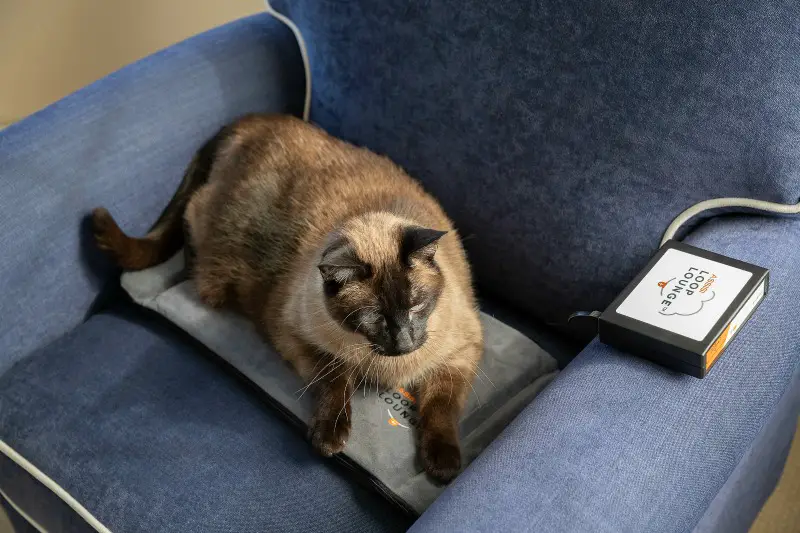
If pain or osteoarthritis is diagnosed, the dominant approach to treating pain in cats revolves around a multimodal approach. Non-steroidal medications, analgesics, supplements, non-pharma modalities including the Assisi Loop products, exercise and weight optimization are the cornerstone to a good outcome. It is important for us NOT to treat our cats with any over the counter medications without first checking with our veterinarian.
Additionally, at home, small modifications can help, such as moving food dishes to more accessible areas, changing litter boxes to those designed with lower sides, placing carpet on slippery surfaces, to name a few.

None of us are loving being quarantined, distanced, or living via our computer screen. But let’s use the “at home” time to its best advantage and become more aware of our surroundings and that includes the cat!
Look for changes in behavior and resolve them; it will add years of pleasure for you and your cat.
The content for this post was provided by our feline luvin’ pals at Assisi Animal Health. Learn more about Assisi here:
